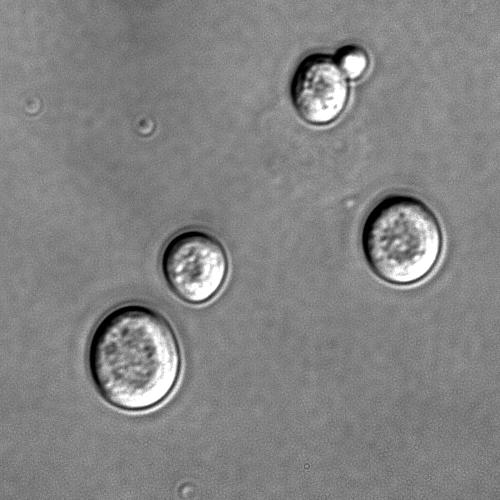Green fuels, like bioethanol, produced by yeast fermentation of plant sugars can be used to cut greenhouse gas emissions. Unfortunately, yeasts are naturally metabolically unequipped to make use of a major component of plant matter, the cellulose polymers that make up plant cell walls.
But now, with the help of some genetic know-how from a plant-degrading fungus, scientists have succeeded in producing modified yeasts capable of fermenting food that was formerly indigestible. 
Writing in Science, UC Berkley researcher Jonathan Galazka and his colleagues borrowed a series of recently-identified genes found in a fungus called Neurospora crassa and inserted them into Saccharomyces cerevisiae (brewer's yeast). The added genes code for a transporter system embedded in the cell membrane that takes up cellulose chains (cellodextrins) and moves them inside the cell, where an enzyme called beta-glucosidase, which works like a molecular pair of scissors, chops up the chains into molecules of glucose that can then be fermented. Growing on cellulose, the modified yeast was able to produce ethanol (alcohol) with a yield of over 86%, close to the theoretical maximum achievable industrially when yeast is grown on glucose.
According to the researchers, "the addition of a cellodextrin transport system to biofuel-producing strains of yeast overcomes a major bottleneck to fermentation of lignocellulosic feedstocks and likely will help to make cellulosic biofuels economically viable."
- Previous Self cleaning solar cells
- Next RNA-away cancer cells










Comments
Add a comment